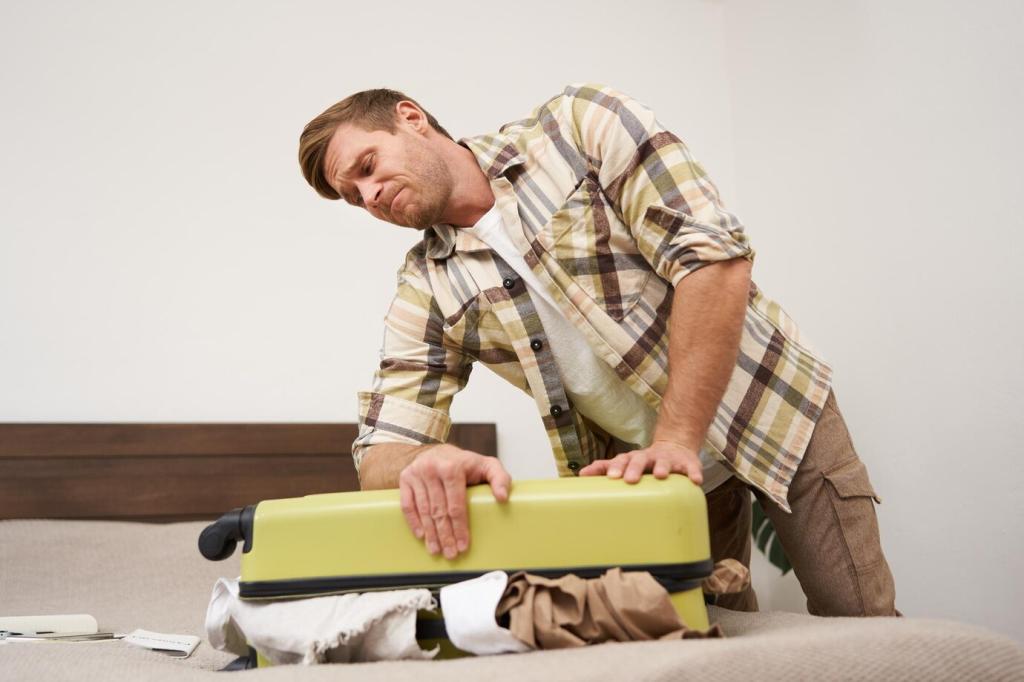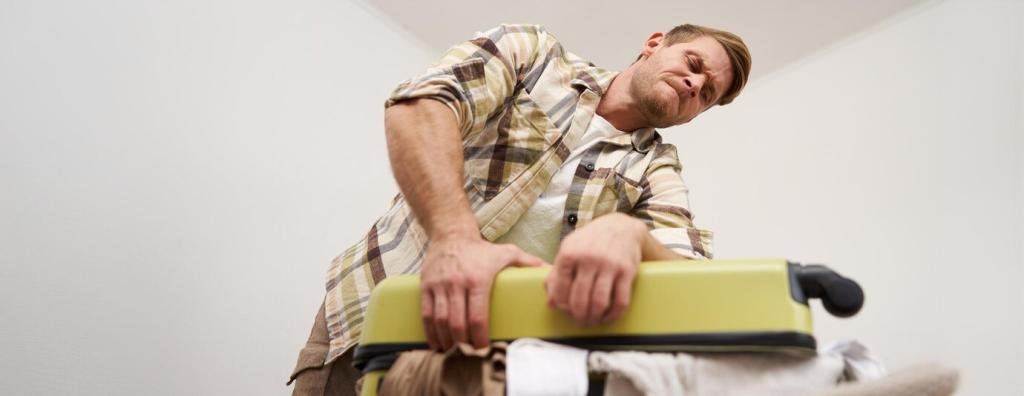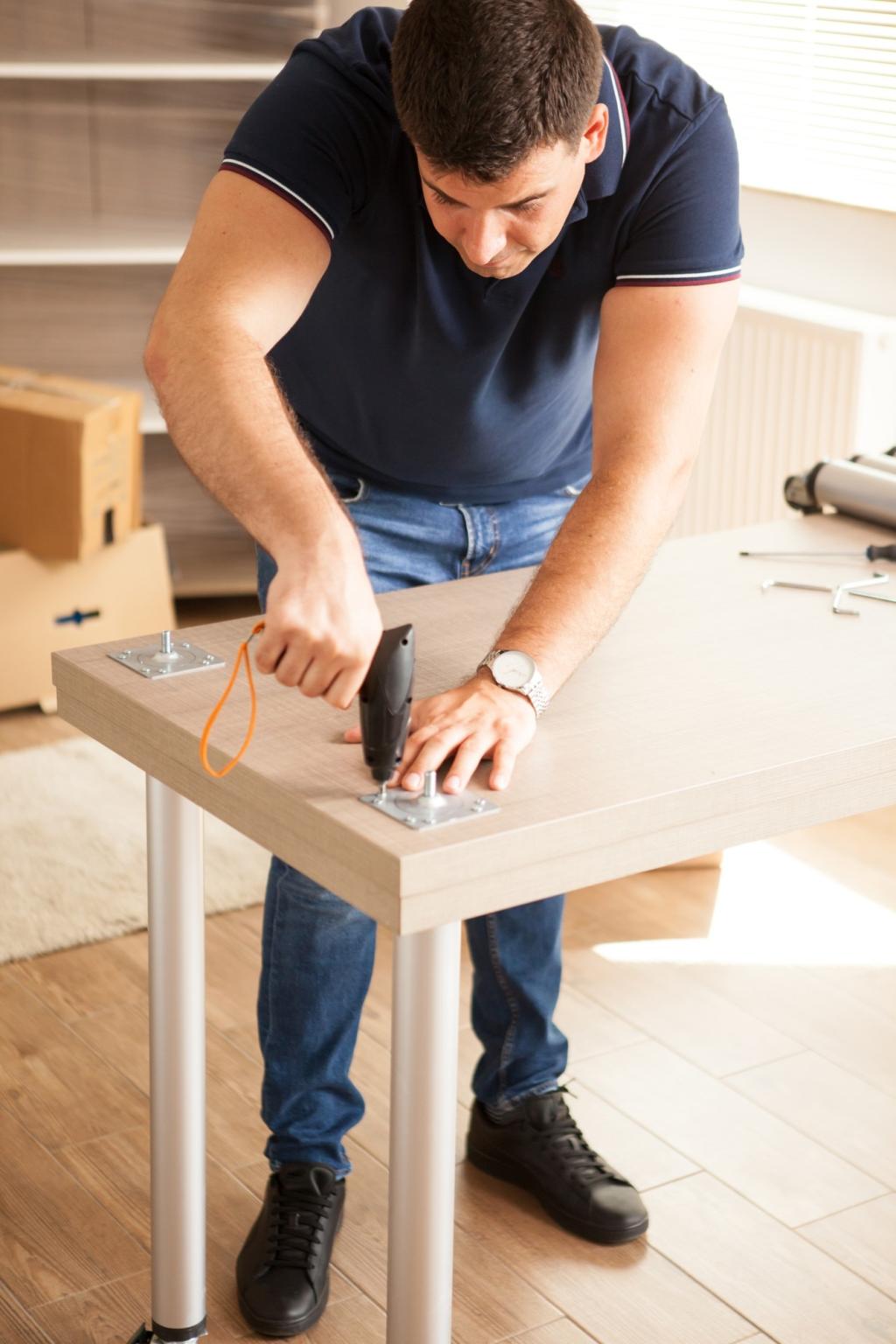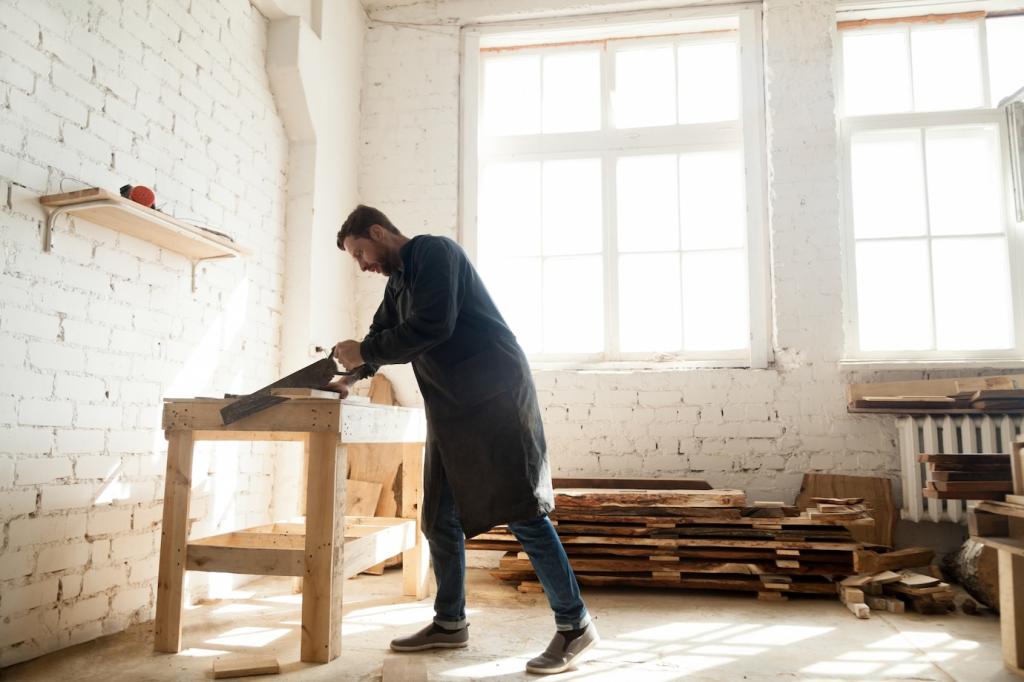Caring for Antique Glass and Mirrored Surfaces: Honor the Shine Without Losing the Story
Chosen theme: Caring for Antique Glass and Mirrored Surfaces. Explore a friendly, practical guide to preserve clarity, character, and history in heirloom panes and timeworn mirrors—so they continue reflecting your family’s memories for generations to come.

Wavy panes, bubbles, and charming distortions
Those gentle ripples and tiny bubbles—often called seeds—signify older crown or cylinder glass, not flaws. Embrace them as fingerprints of historic craft. Tell us: which wave or bubble in your collection first caught your eye?

Silvered backs versus mercury amalgam
True mercury-tin amalgam mirrors predate mid-nineteenth century methods; later mirrors typically use silver on copper or other metals. Flaking often begins at the edges. Never scrape. If you suspect mercury, avoid abrasion and ask questions before any treatment.

Age marks or actual damage?
Worn brilliance, light foxing, and gentle haze can be stable, attractive patina. Act more quickly if you see active flaking, creeping black spots near damp edges, or structural cracks. Share photos and we’ll help you interpret subtle signs.

Prepare a clean microfiber cloth, soft natural-bristle brush, cotton swabs, distilled water, and a tiny amount of neutral glass cleaner diluted with distilled water. Keep nitrile gloves handy, especially around gilded frames that dislike skin oils.

Lightly mist the cloth, never the glass. Work in small sections, wiping with minimal pressure, and stay at least a thumb’s width from all edges. Immediately dry with a separate soft cloth. Tell us your favorite careful-cleaning playlist.

Skip ammonia, vinegar, citrus, abrasives, paper towels, and strong solvents near old coatings or gilding. Avoid foam cleaners that can creep under edges. If residue persists, stop early—better slightly dusty than disastrously stripped.
Handling and Display: Safety, Stability, and Subtlety
Carry with two hands, supporting both frame and backboard. Remove rings and watches, and choose nitrile gloves for grip. Never lift by the top rail or cresting. Comment with your best handling tip learned the hard way.


Handling and Display: Safety, Stability, and Subtlety
Use stout D-rings, braided wire, or a French cleat anchored into studs. Ensure the backboard is secure and breathable. Add bumpers at lower corners for airflow and alignment. Do you prefer cleats or wire for heavy pieces?
Foxing, Desilvering, and Scratches: Responding with Care
Foxing—the constellations of freckled spots—can be part of a mirror’s soul. Many collectors cherish it. Consider reframing your expectations before reaching for interventions. Would you keep foxing, or prefer a cleaner look? Tell us why.


This is the heading
Lorem ipsum dolor sit amet, consectetur adipiscing elit. Ut elit tellus, luctus nec ullamcorper mattis, pulvinar dapibus leo.

This is the heading
Lorem ipsum dolor sit amet, consectetur adipiscing elit. Ut elit tellus, luctus nec ullamcorper mattis, pulvinar dapibus leo.
Document, Share, and Learn: Growing Your Stewardship
Use raking light to photograph scratches, foxing clusters, and edge lift. Note humidity, location, and cleaning dates. Small, regular notes beat vague memory. Want our condition template? Comment “template” and we’ll prioritize it next.

Join our mailing list
